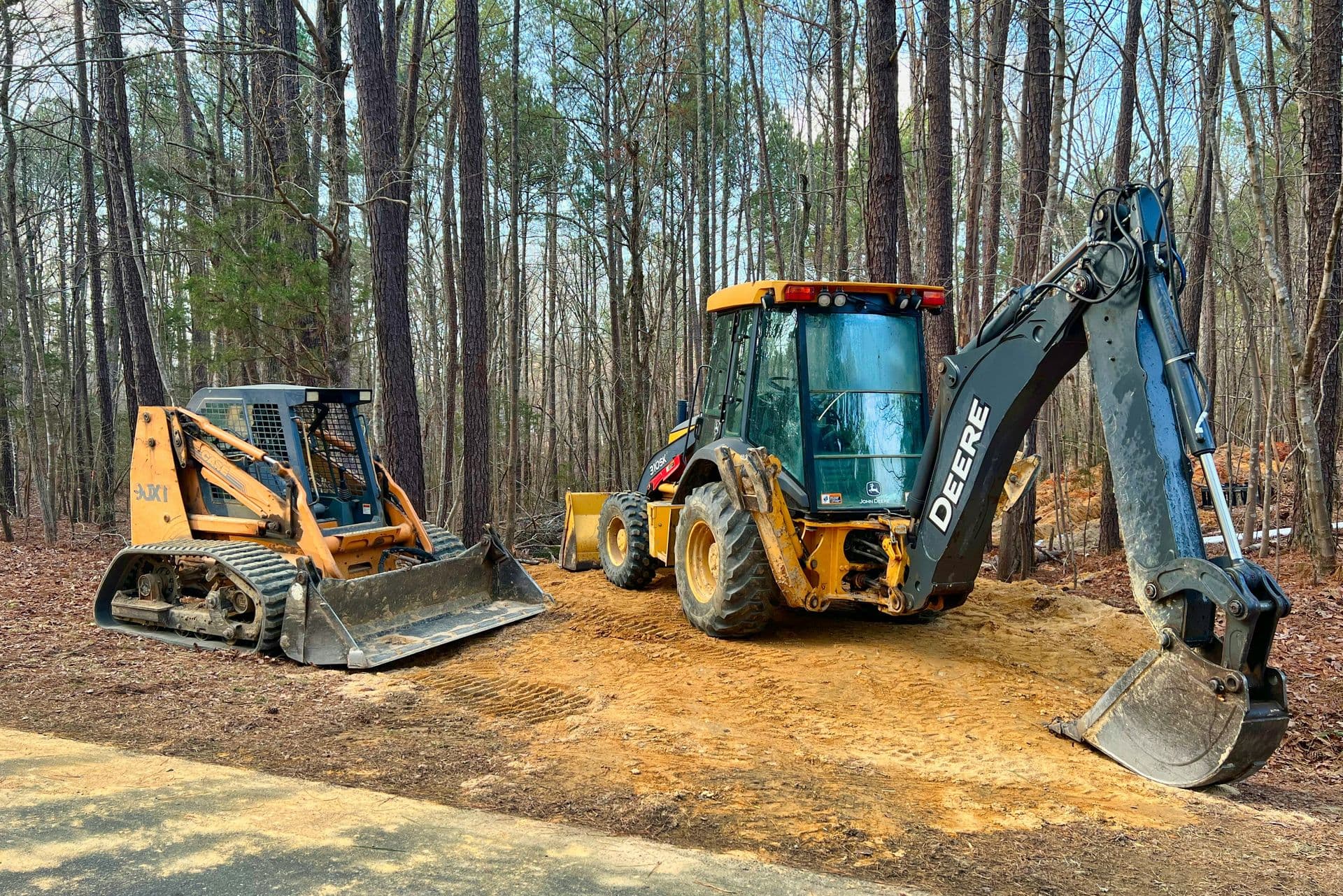Deere’s Profit Outlook Cut: Navigating a Challenging Economic Landscape
Explore Deere’s revised fiscal 2025 profit outlook amid weaker equipment demand and rising costs, revealing key insights into agricultural and construction sector pressures and strategic responses.

Key Takeaways
- Deere trimmed its fiscal 2025 net income forecast to $4.75-$5.25 billion
- Third-quarter earnings beat analyst estimates despite revenue falling 9%
- Sales declines span Production & Precision Agriculture, Construction & Forestry, and Small Agriculture & Turf
- Tariffs add $500 million in costs, pressuring margins and pricing
- Deere’s strategic focus includes inventory control and cost discipline amid uncertainty

When Deere & Co. lowered its fiscal 2025 profit outlook, it sent ripples through the agricultural and construction equipment markets. The company now expects net income between $4.75 billion and $5.25 billion, trimming the upper end from previous forecasts. This adjustment comes despite a third-quarter performance that beat analyst expectations, highlighting the complex economic headwinds Deere faces. Weaker demand, inventory pressures, and tariff-related costs are reshaping the landscape for this iconic machinery maker. In this article, we unpack Deere’s financial update, explore the factors behind the lowered outlook, and reveal what this means for investors and the broader industry. Buckle up as we navigate Deere’s challenging economic environment with fresh insights and actionable takeaways.
Revising Profit Expectations
Deere’s recent announcement to lower its fiscal 2025 net income forecast from a previous range topping at $5.5 billion down to $5.25 billion signals a cautious stance amid economic headwinds. This trimmed outlook reflects a reality where customers are holding back on new equipment purchases, a sentiment echoed by CEO John May’s description of “challenging times.” Despite this, Deere’s third-quarter earnings per share of $4.75 and revenue of $12.02 billion surpassed analyst estimates, showing the company’s ability to outperform expectations even when the broader environment is tough.
This revision isn’t just a number tweak; it’s a window into how macroeconomic factors ripple through Deere’s business. The company’s net income fell from $2.37 billion to $1.804 billion year-over-year in the latest quarter, while net sales dropped from $13.61 billion to $11.17 billion. These figures highlight the balancing act Deere faces: delivering solid results while adjusting to softer demand and cost pressures. For investors, this means recalibrating expectations and recognizing that even market leaders must navigate bumps on the road.
Facing Weaker Equipment Demand
The heart of Deere’s lowered outlook lies in softened demand for its machinery, especially in the agricultural and construction sectors. Sales at the Production & Precision Agriculture unit plunged 16% to $4.27 billion, while Construction & Forestry sales fell 5% to $3.06 billion. Even the Small Agriculture & Turf segment saw a 1% dip to $3.03 billion. These declines aren’t isolated blips but part of a broader trend where customers are cautious amid economic uncertainty.
One key factor is the buildup of used equipment inventories, which dampens the appetite for new purchases. Think of it as a crowded marketplace where secondhand goods linger longer, making buyers less eager to invest fresh capital. Deere is actively managing this inventory glut by aligning production with actual retail demand, a strategic move to avoid overstock and preserve margins. This approach reflects a pragmatic response to a market that’s not just slowing but recalibrating its appetite for heavy machinery.
Navigating Tariff and Cost Pressures
Tariffs have become a financial thorn in Deere’s side, adding roughly $500 million in costs this year alone. These extra expenses act like tolls on the supply chain highway, forcing Deere to either raise prices or absorb margin hits. While some price increases helped revenue, overall unfavorable price realizations—selling products for less than planned—have weighed on profitability.
This tug-of-war between cost pressures and pricing power is a classic challenge in manufacturing sectors exposed to global trade dynamics. Deere’s experience highlights how tariffs ripple beyond headline numbers, influencing strategic decisions on production, pricing, and inventory. For customers, this can translate into higher sticker prices or delayed purchases, feeding back into the demand softness Deere is grappling with. It’s a vivid example of how macroeconomic policies and global trade tensions directly impact corporate bottom lines.
Executing Strategic Responses
In the face of these headwinds, Deere isn’t standing still. The company is doubling down on cost discipline and production management to better match supply with demand. This means carefully controlling manufacturing rates and adjusting operations to avoid excess inventory, a move that protects profitability and keeps the dealer network nimble.
CEO John May emphasized Deere’s commitment to delivering solutions that meet current customer needs while laying groundwork for future growth. This dual focus reflects a balancing act—addressing today’s challenges without losing sight of tomorrow’s opportunities. Deere’s workforce and dealer network adaptability play a crucial role here, showcasing resilience amid uncertainty. For stakeholders, this strategic execution signals that Deere is navigating the storm with eyes wide open, ready to pivot as market conditions evolve.
Reading Broader Industry Signals
Deere’s lowered profit outlook is more than a company update—it’s a barometer for the agricultural and construction equipment industries. These sectors are sensitive to global economic cycles, commodity price swings, and trade disruptions. The declines in profit and revenue at Deere mirror wider industry pressures, from cyclical downturns to shifting customer behavior.
Investors and market watchers can read Deere’s cautious stance as a signal to temper expectations for related sectors. The company’s proactive inventory management and cost controls offer a blueprint for navigating these choppy waters. Yet, the risks remain: global market volatility, regulatory changes, and input cost pressures could further shape outcomes. Deere’s story reminds us that in capital-intensive industries, agility and strategic foresight are as vital as raw financial strength.
Long Story Short
Deere’s decision to lower its profit forecast underscores the tough terrain facing capital-intensive industries today. Declining sales volumes across key segments, combined with tariff costs and inventory management challenges, paint a picture of cautious customers and shifting market dynamics. Yet, Deere’s commitment to disciplined execution and strategic cost control offers a beacon of resilience amid uncertainty. For investors and industry watchers, this update is a reminder that even giants must adapt when economic tides turn. The relief of a well-managed inventory and the promise of future growth solutions keep Deere’s long-term outlook intact, despite near-term headwinds. As the agricultural and construction sectors continue to grapple with global volatility, Deere’s story is a valuable case study in navigating complexity with pragmatism and foresight.